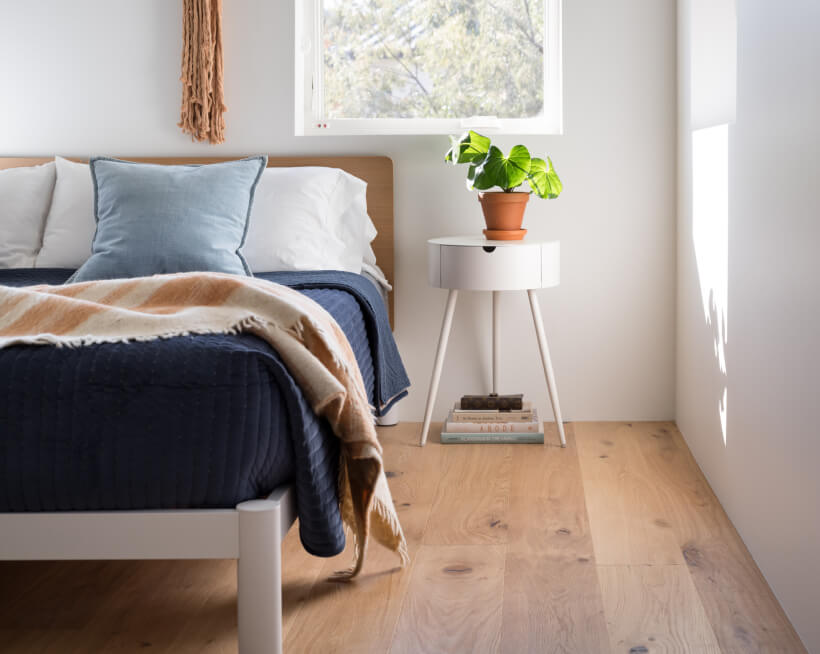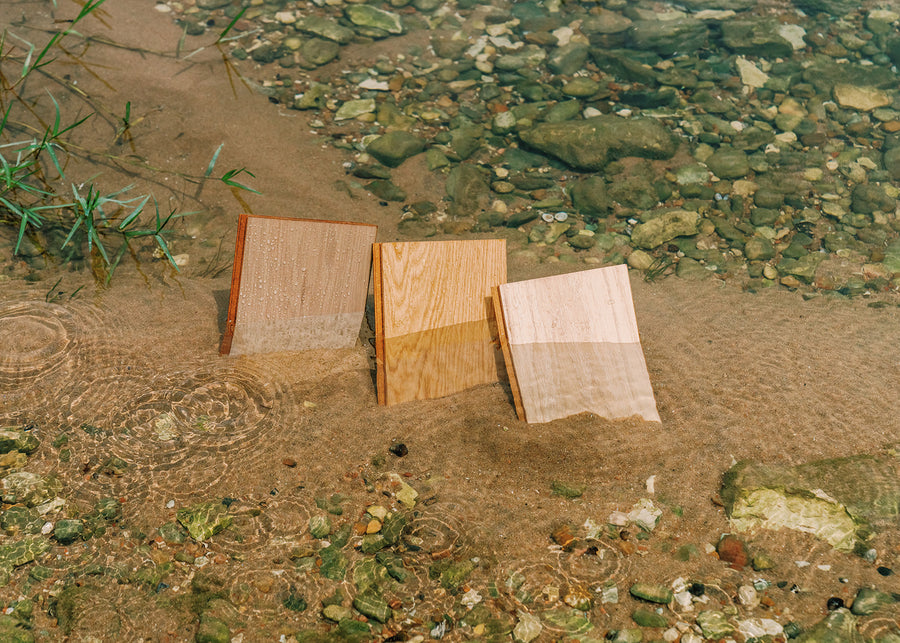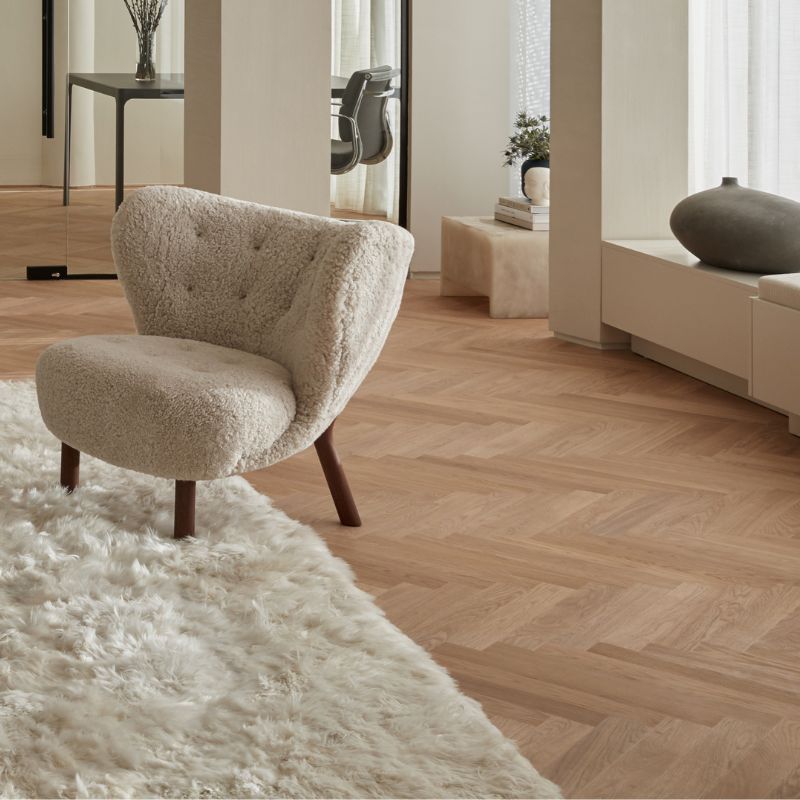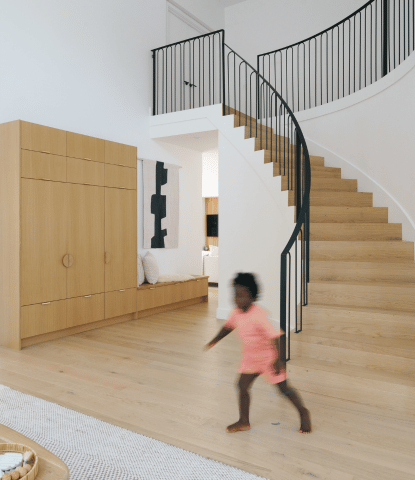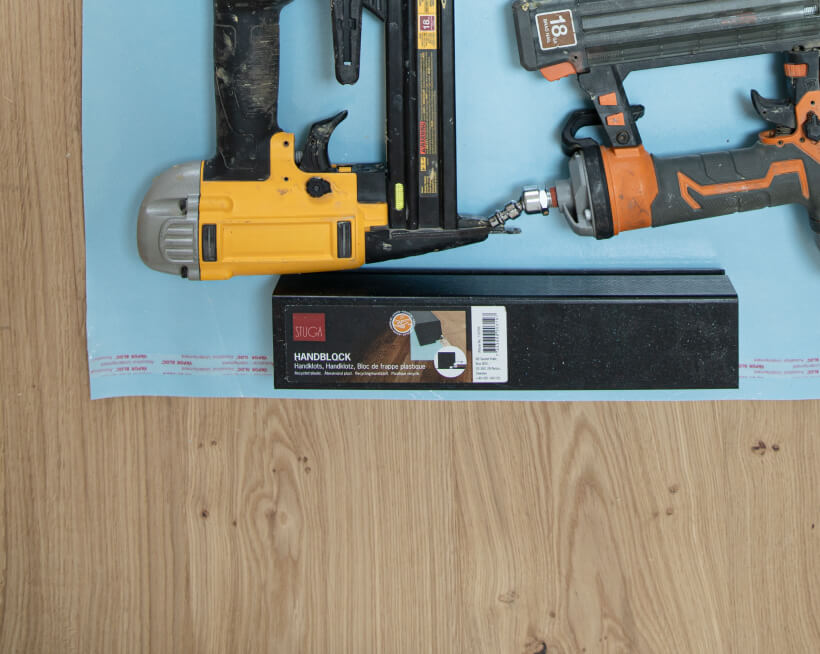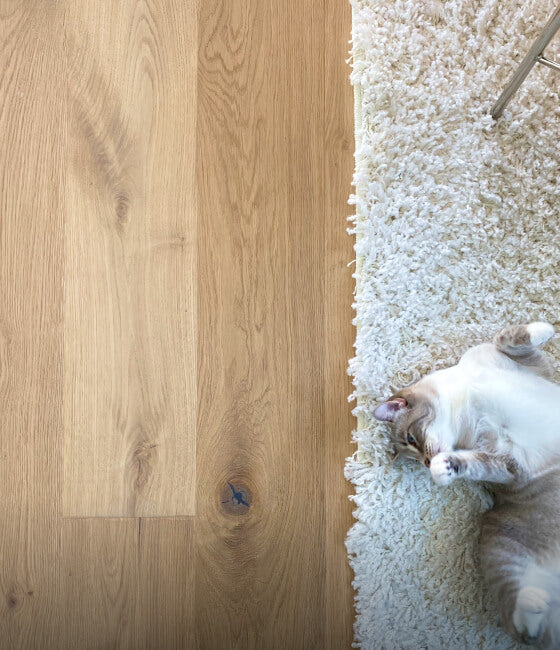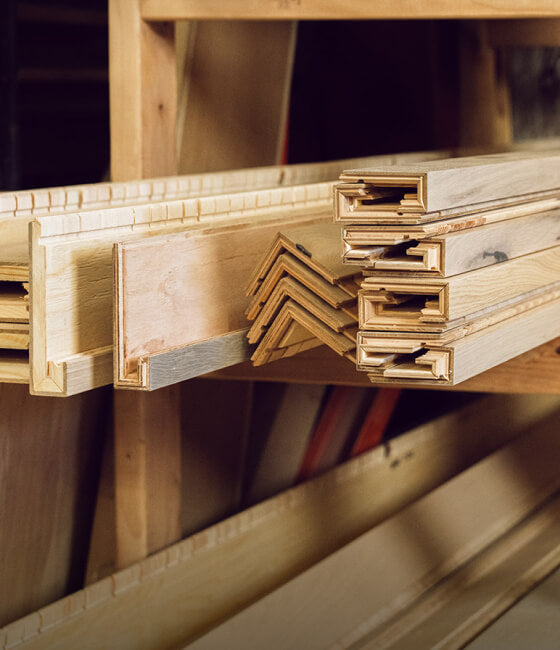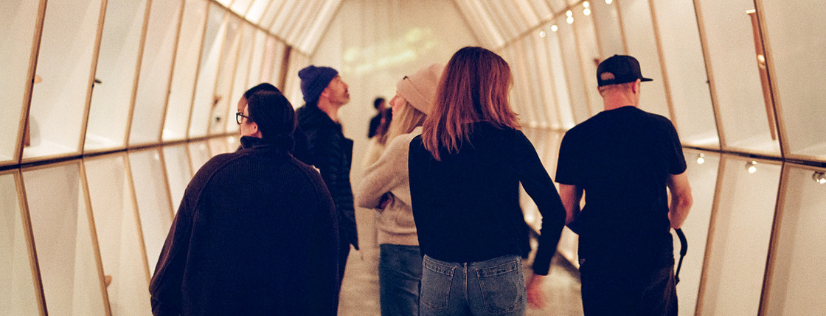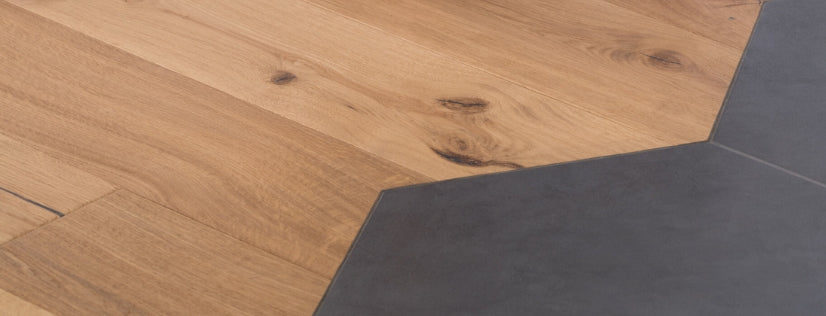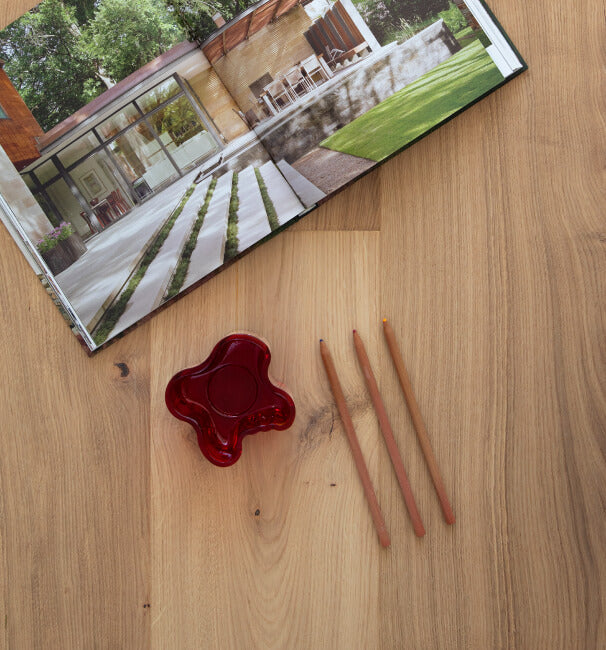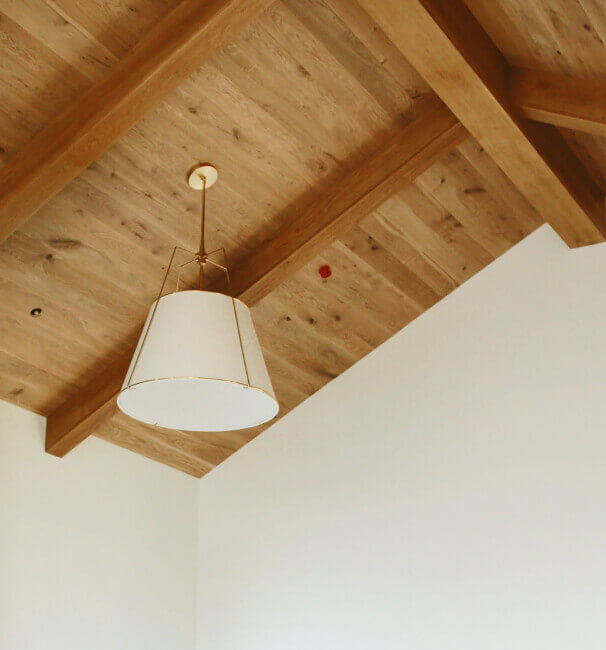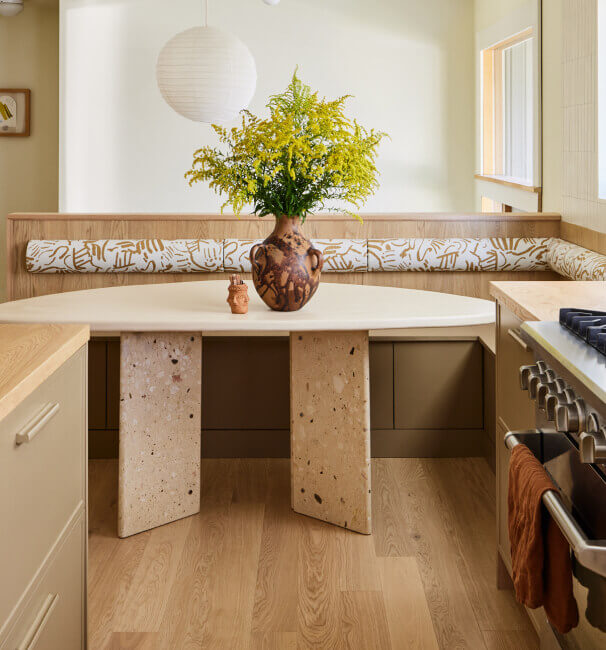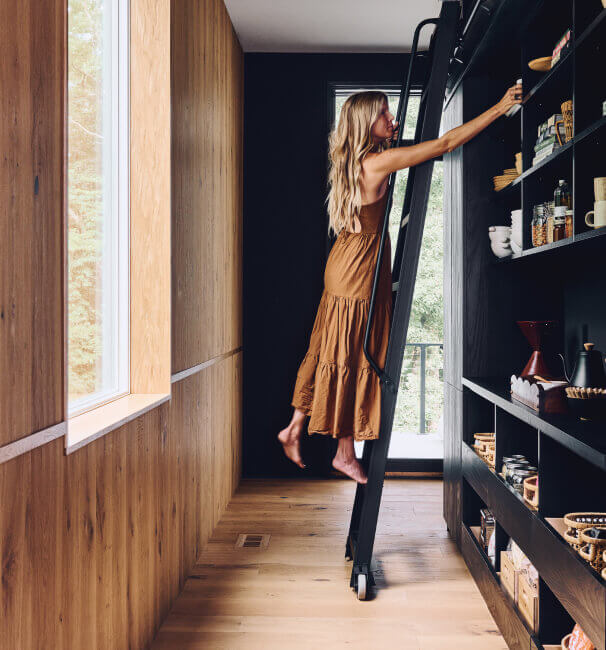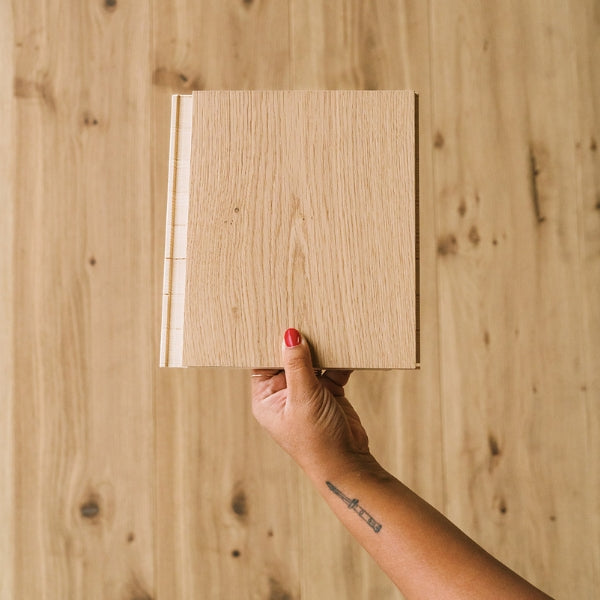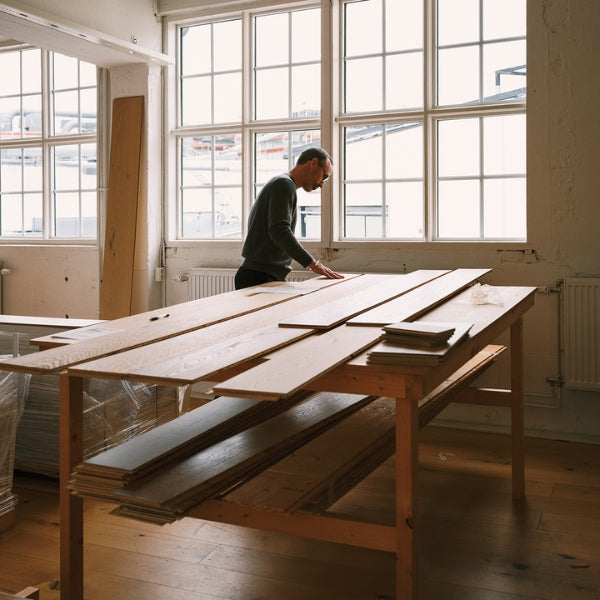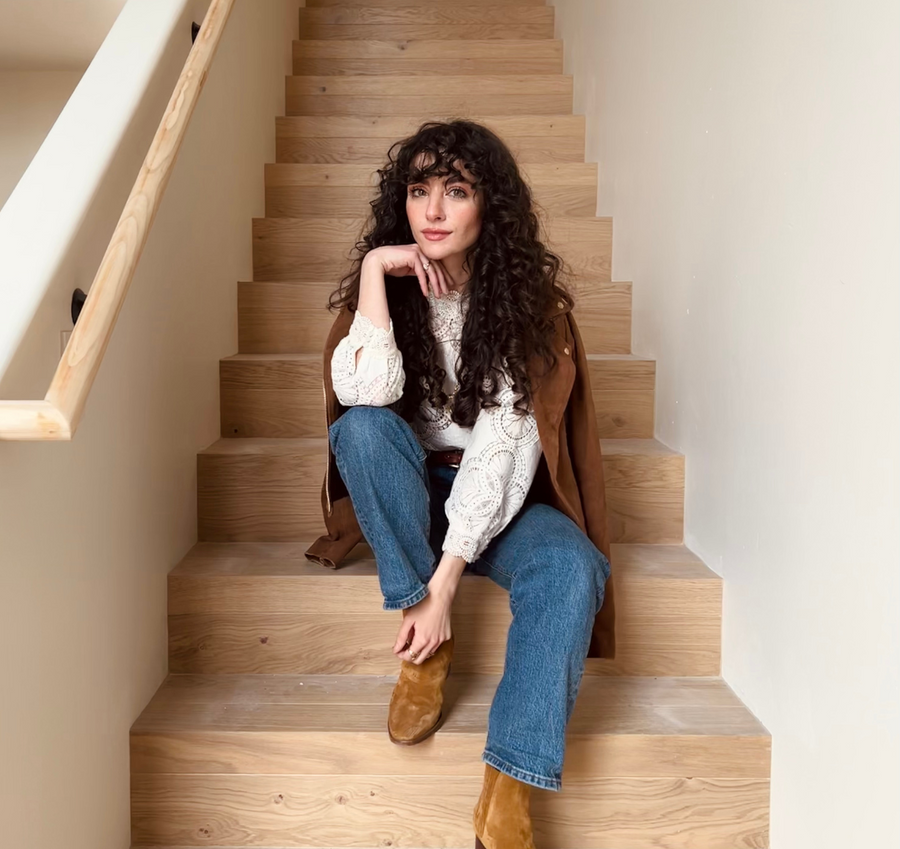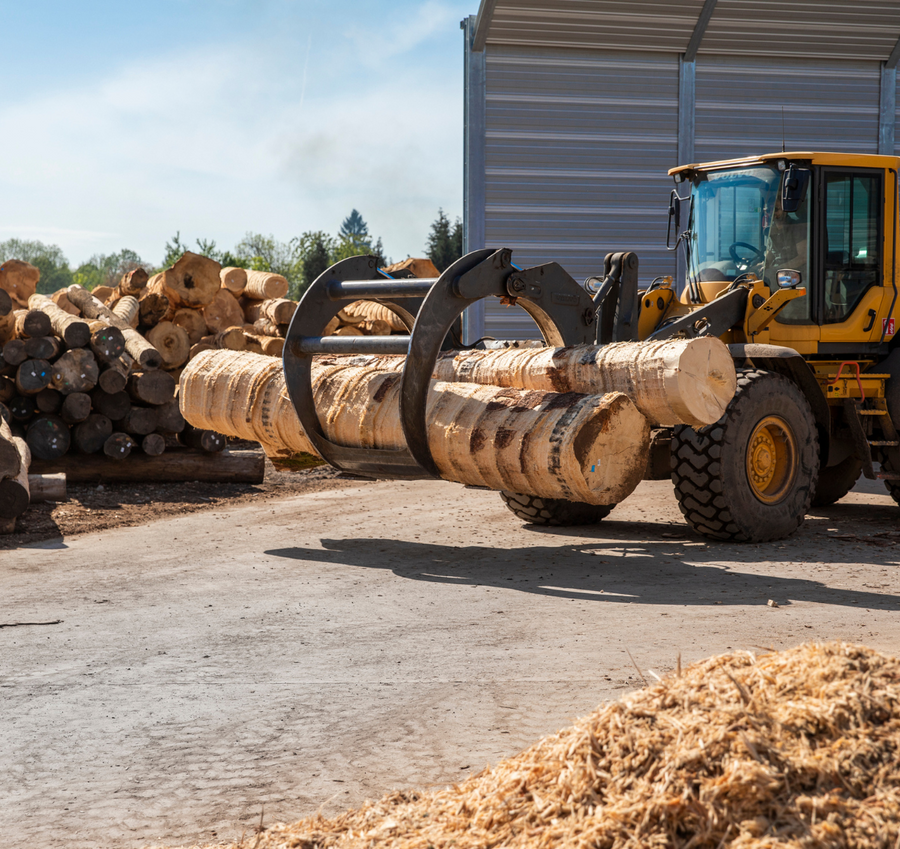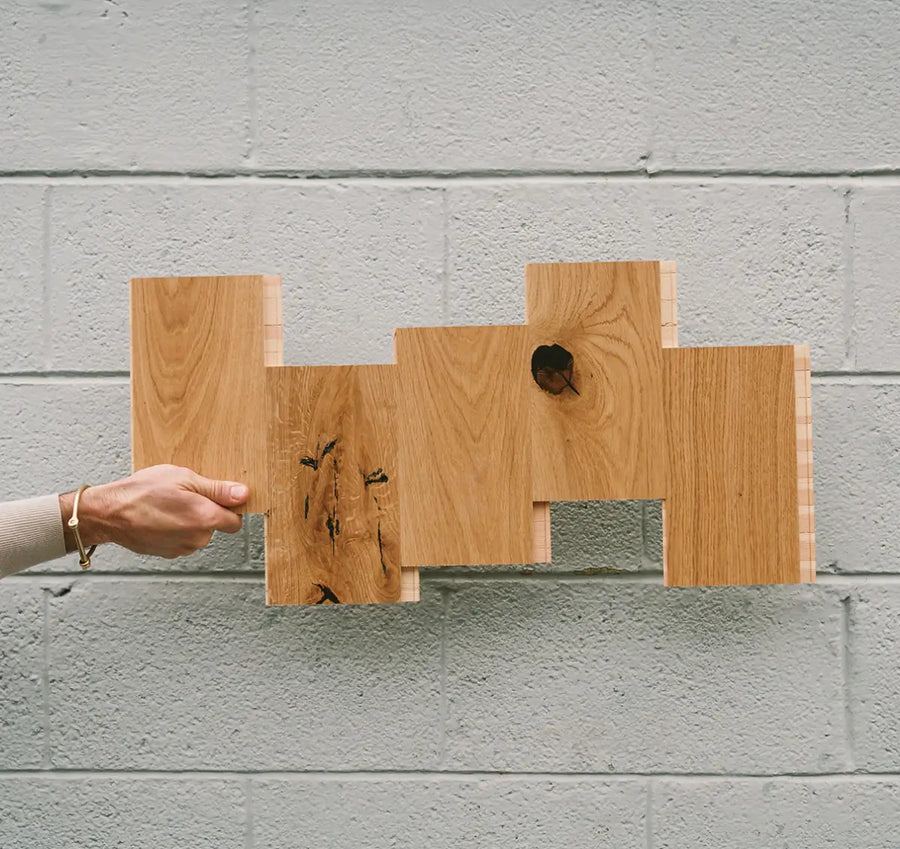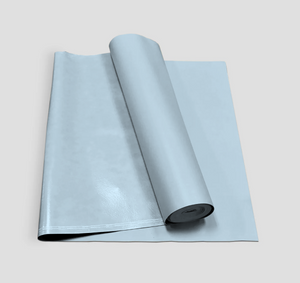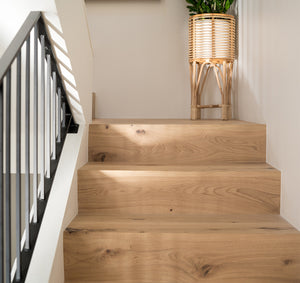April 29, 2024
To Our Houzz Community: Your Comments Answered
by Lauren Jones
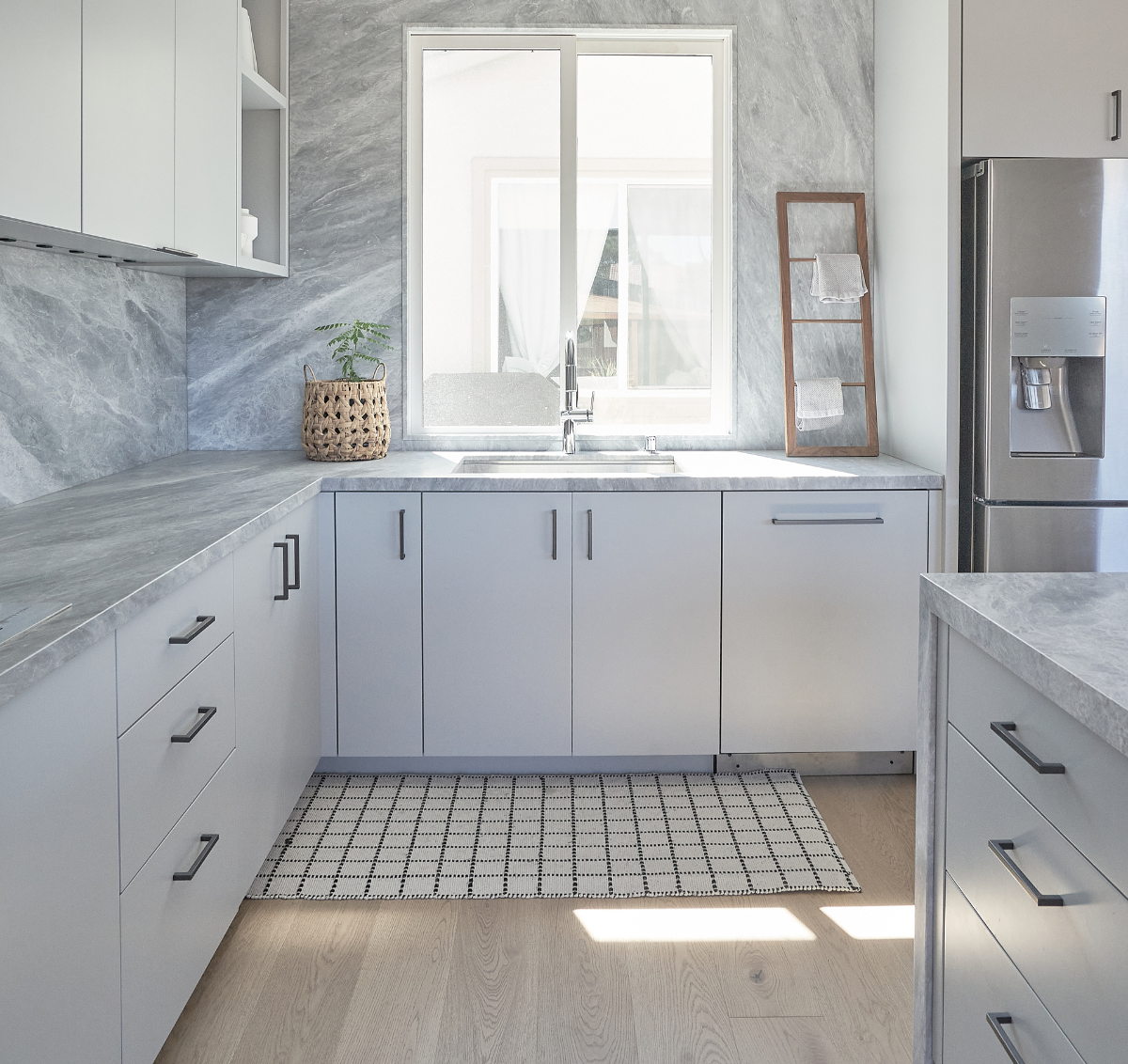
Design & Photo: The Built Idea | Floor: Ingrid
Finding the right floor is a process. It’s one that should be met with a lot of questions, and likewise, plenty of answers for you to feel comfortable in your choice. After all, flooring is an investment and one that makes a big impact on your home, family, and resale value, too. We saw your comments and are here to help.<
Do your oiled floors have to be oiled right after install?
Yes, our oiled floors (like Shell) have to be oiled with our Satin Oil or Freshen Up immediately after installation and can’t be walked on for 24 hours as the oil cures. We recommend oiling every 9-12 months as needed in high-traffic areas. With an oiled floor, you get the beauty of raw wood and any scratches are easily touched up with a bit of extra oil.
The color is completely different from the samples, why is that?
Nearly all natural hardwood floors will show some natural color variation. All of our samples are cut from flooring planks, and since color can vary throughout a plank or from plank to plank, you’ll see variation in some samples. They are not fully representative of the color of the entire floor since wood is a natural product and the sample is only 10” long. If you’re deciding between a few floors, we recommend ordering small samples to narrow down your favorites and then ordering a large sample that will show those subtle variations in tone and character.
When your floors arrive, mix boards from different boxes during installation for the perfect look. Boxes may include several boards from the same tree. This means that one box of flooring can look fairly different from the next, depending on the floor you choose. When mixed well, the overall effect is a beautiful range of natural wood tones. To get a better idea of the variation in a floor, check out our customer photo galleries on our website, or head to Instagram and take a look at our story highlights. We share all kinds of projects in various lighting conditions, so you can get a realistic idea of how a floor will look in your home.

This photo shows how Fika, one of our bestselling floors, varies from plank to plank. Looking closely, some boards have subtle red or gray undertones and differences in lightness. The overall effect is a beautiful expression of nature.
Are engineered hardwoods worth it or should you consider LVP if maintenance is your top concern?
We are biased, but we definitely recommend real wood over toxic LVP. Yes, LVP may have some benefits when it comes to cost and durability, but our waterproof hardwood floors, which we offer for $5.50/square foot, perform even better. They have a lifetime residential warranty, watertight joints (a good choice for everything from a basement hangout to beach house), and are certified for exceptional indoor air quality.
What is the wear layer on your hardwood floors and what is the core made of? How durable are they?
The wear layer of our floors (with the exception of our waterproof collection) is 1/8" (3.5 mm), making them sandable two times. The top layer is white oak and the core is made from fast-growing and sustainable pine that can expand and contract, and spruce, that is moisture-absorbent, to protect the floor in various conditions. This 3-layer construction has been the standard in Europe since the 1940s. We can offer a lifetime warranty because our floors have been down for that long.
The samples and locking systems arrived chipped, should I be concerned?
Samples are shipped with minimal packaging (for the planet and to keep samples free), so they may get damaged along the way. However, floors arrived individually packaged for safety.
If your samples arrive with a chipped locking system, there’s no need for concern. Our locking system is the strongest hardwood joint in the world that prevents floors from gapping. In fact, you could actually remove 50 percent of the locking system and the boards will still be under warranty.
Does the locking system make installation a temperamental process?
Installing a tongue-and-groove floor (the standard in the US) vs. one with a locking system, which has become the preferred construction of European manufacturers, may look different but don’t worry. Our product's locking system minimizes seasonal gapping between planks. Each board is placed into the adjacent at a 20-30° angle, then pushed down into its final position. It’s a fairly intuitive process once you get the hang of it – everyone from DIY’ers to seasoned professionals can and have installed our flooring. These planks can be installed by floating, stapling, or gluing.
Can your floors handle water, pets, and kids? Is it really necessary to avoid wearing shoes inside?
Yes, as a natural product our floors will stand up to daily wear-and-tear of a lively household but minor scratches and dents can occur. Like the Swedes, we recommend taking your shoes off before heading inside to not only keep dirt off your floors but keep your home even healthier. If you are wanting a floor with a lifetime warranty that’s also incredibly durable, like LVP, we’d recommend our waterproof floors, which are waterproof for up to 24 hours and are 3 to 5 times harder than a typical hardwood floor.
Are your floors from Kährs?
Kährs is one of our three major manufacturing partners. Due to contractual obligations, we can’t disclose which of our floors are made by Kährs and which are made by other manufacturers. Because each of our floors are crafted in Europe, they are held to the highest standards for sustainability and construction. We curate from only the best European suppliers who we know very well.
Will you need to install a humidifier if your house is in a dry climate?
Like any hardwood product, wood performs best at normal indoor humidity levels between 30-65 percent. If you do live in an arid climate and your indoor humidity drops, we do recommend installing a humidifier, or a dehumidifier if you live in an especially muggy climate.
